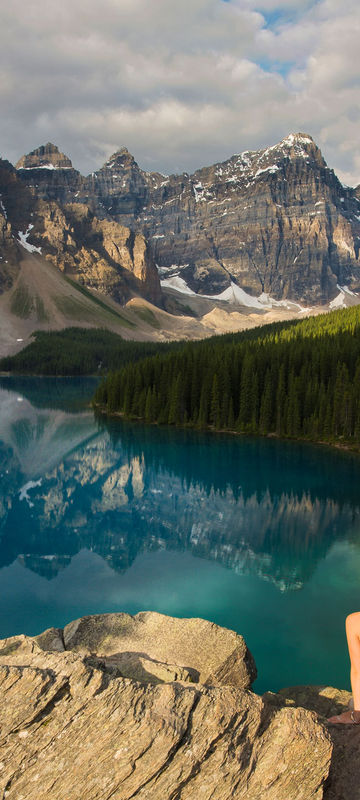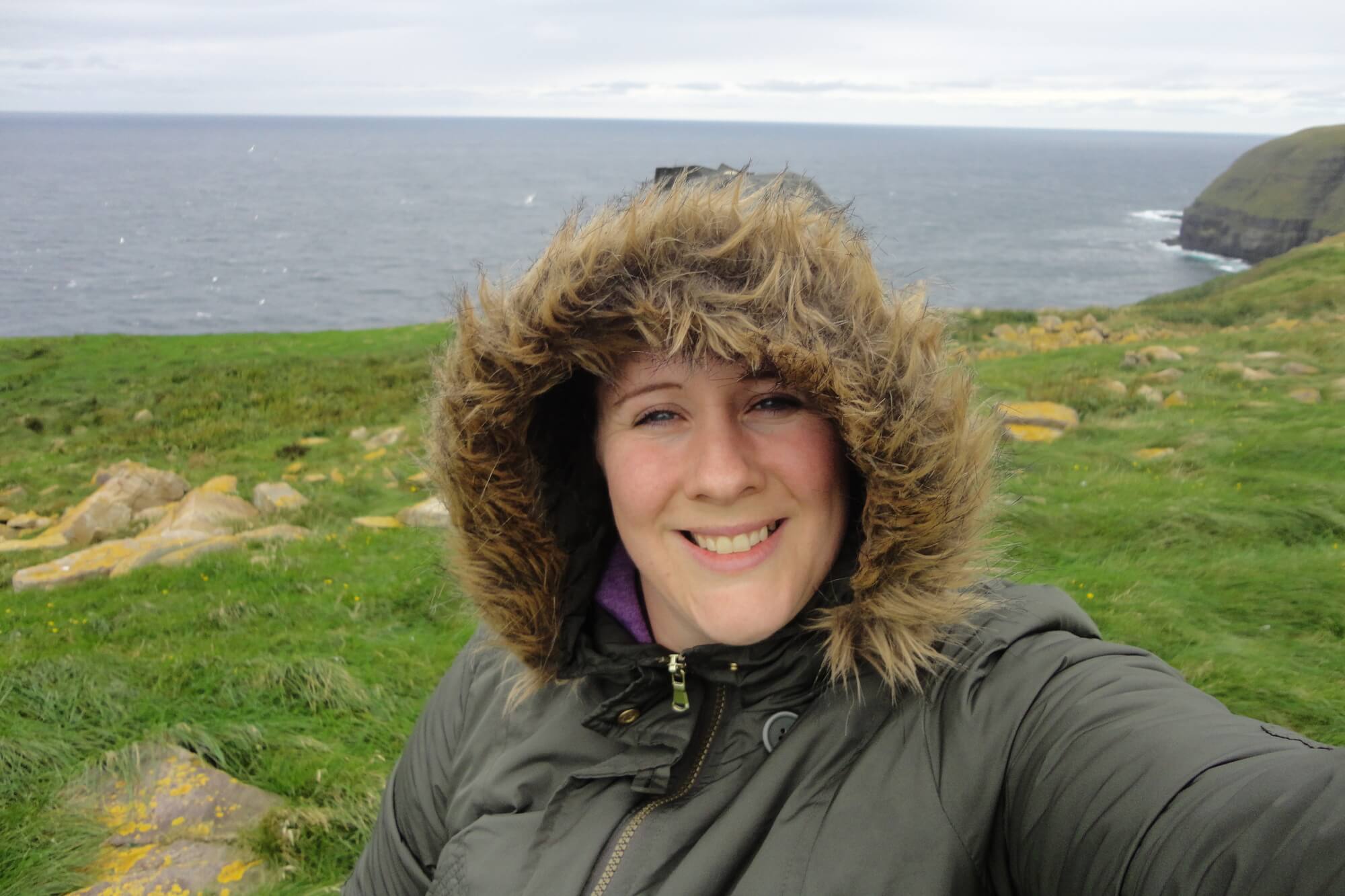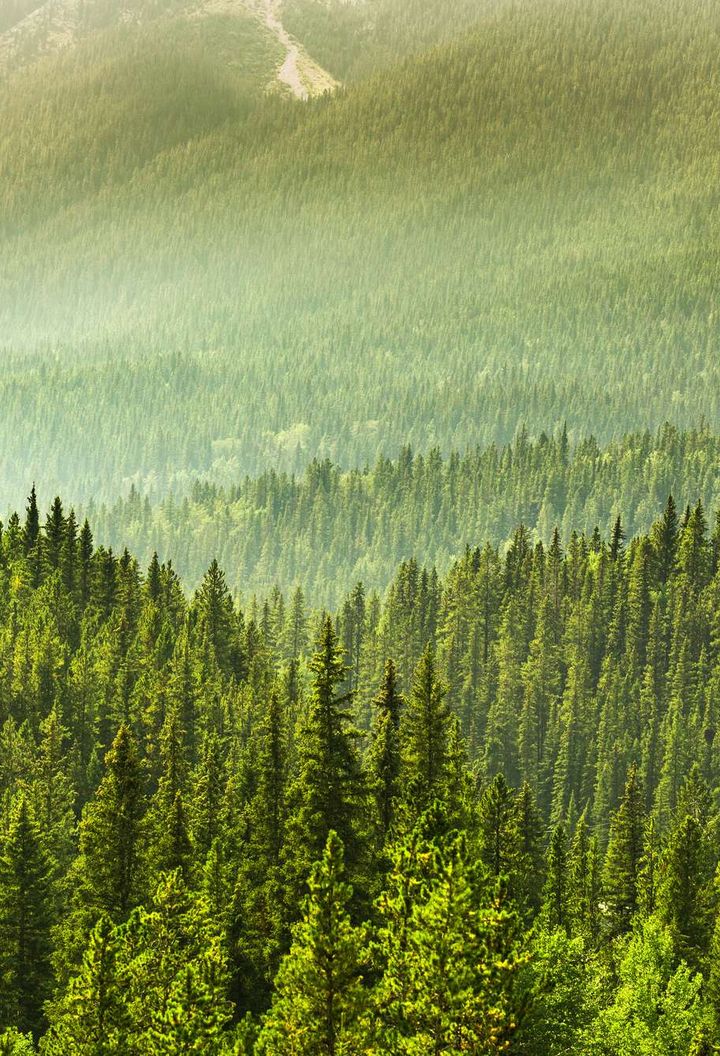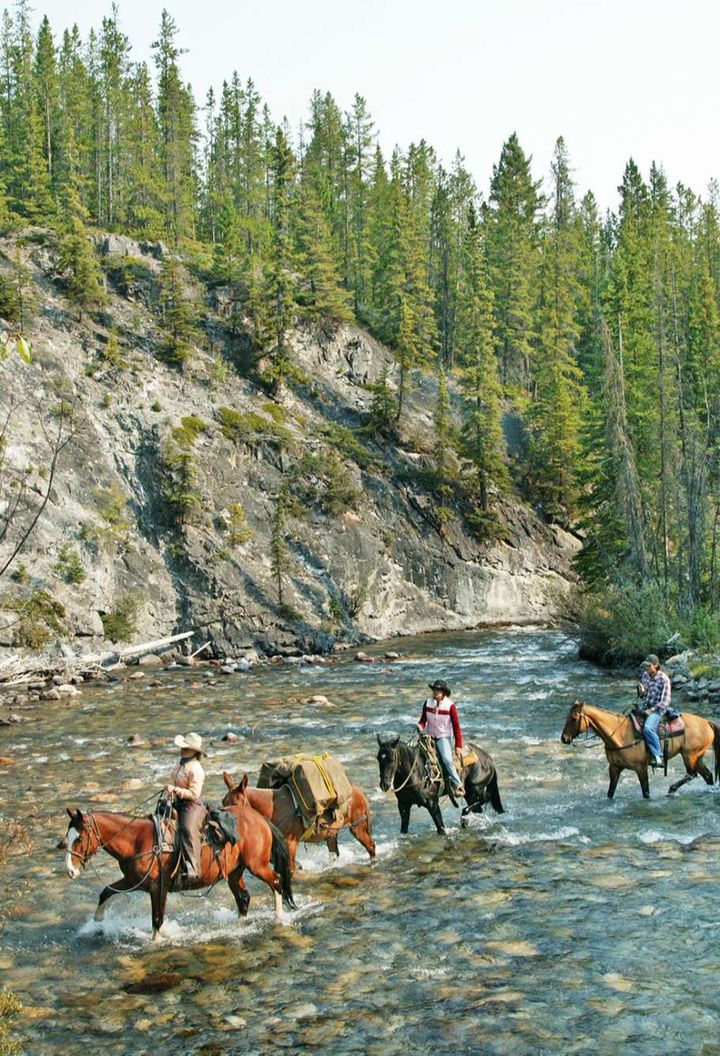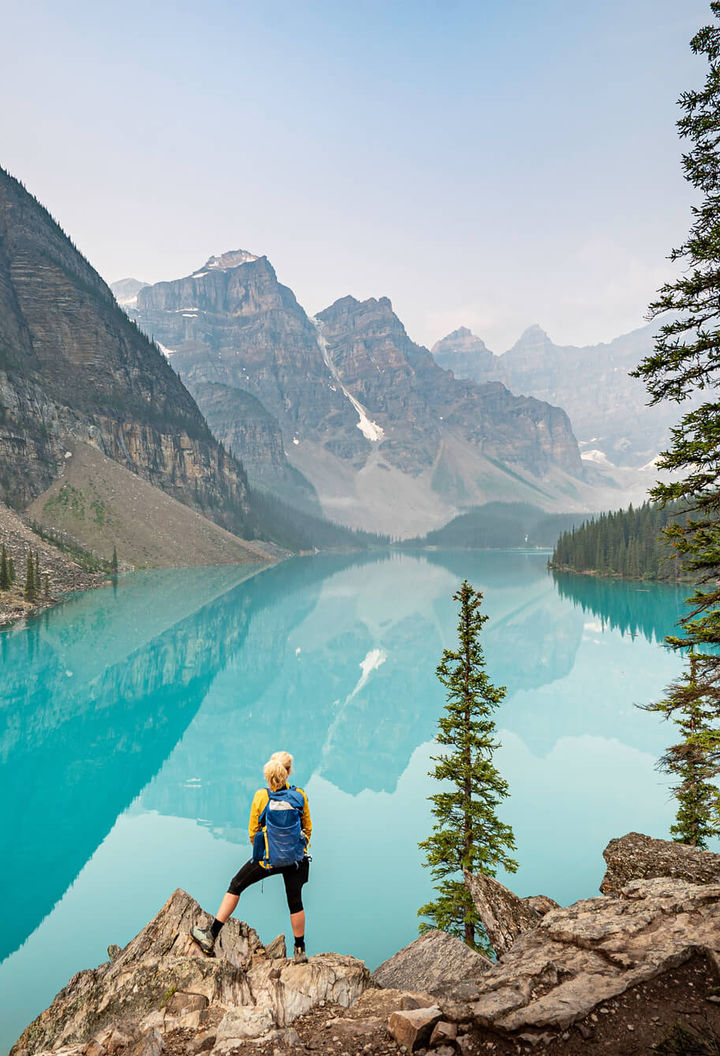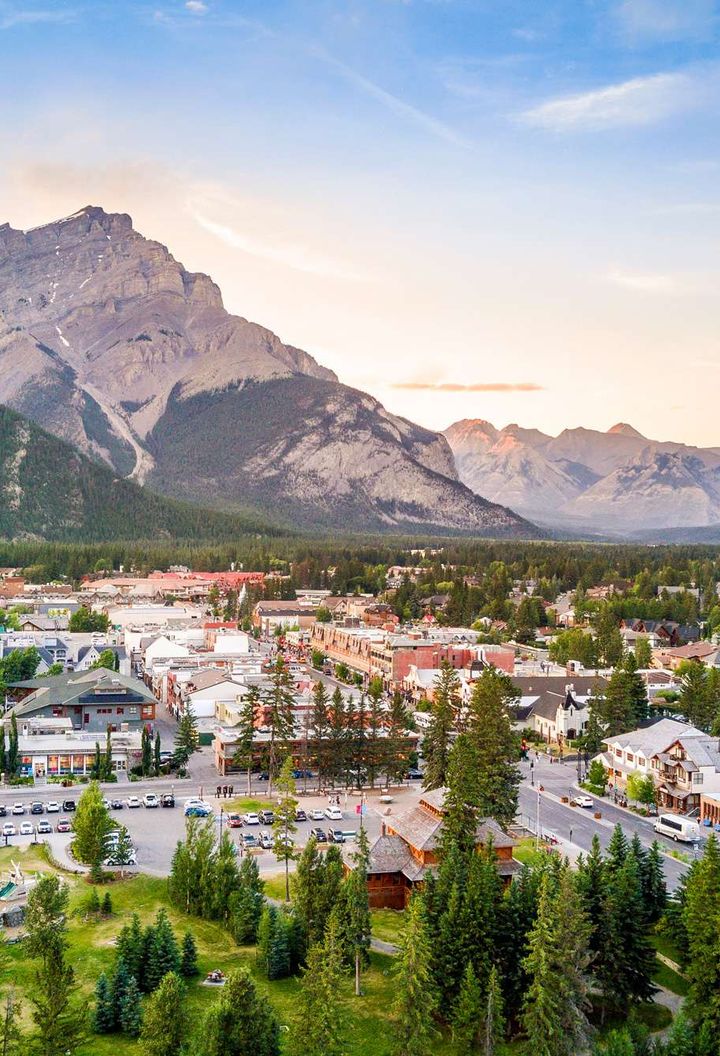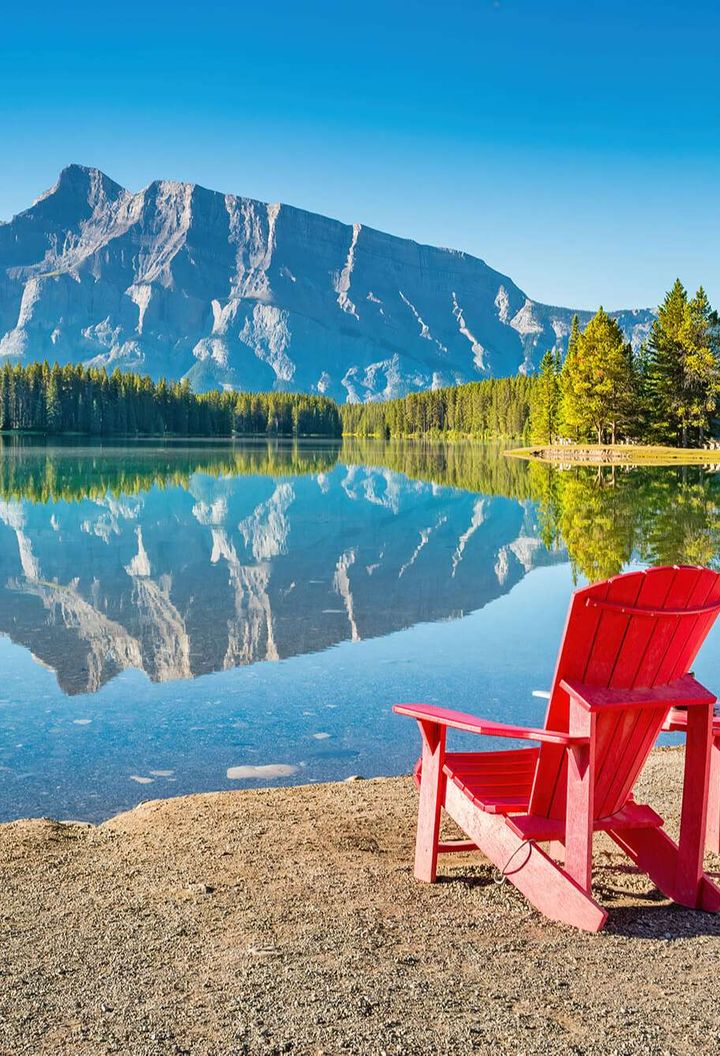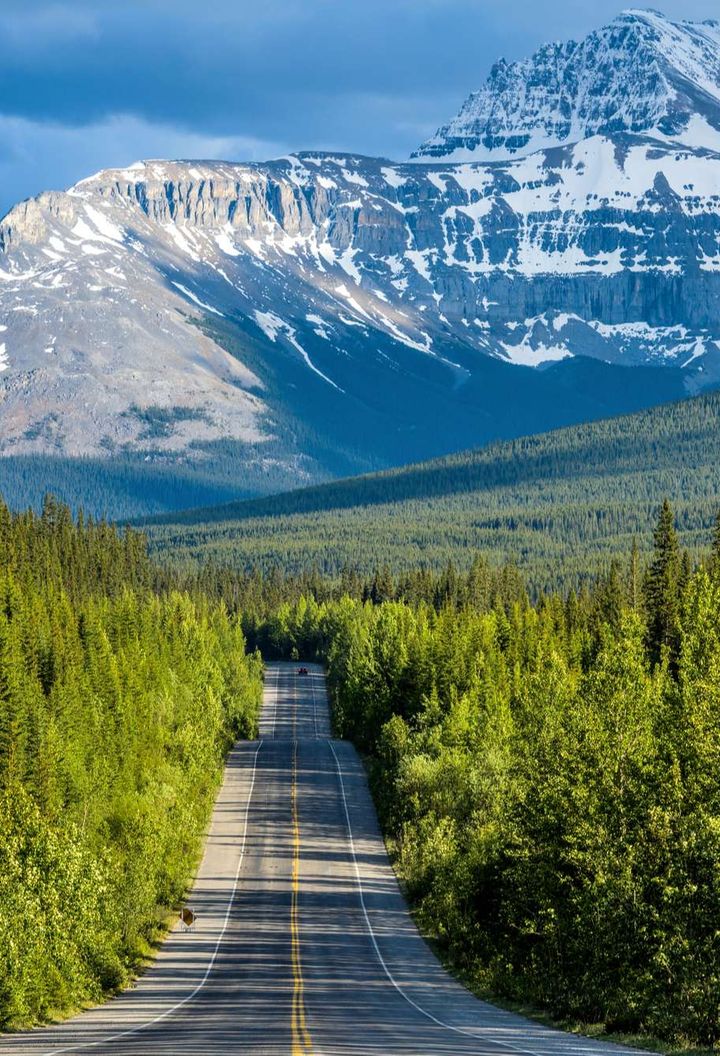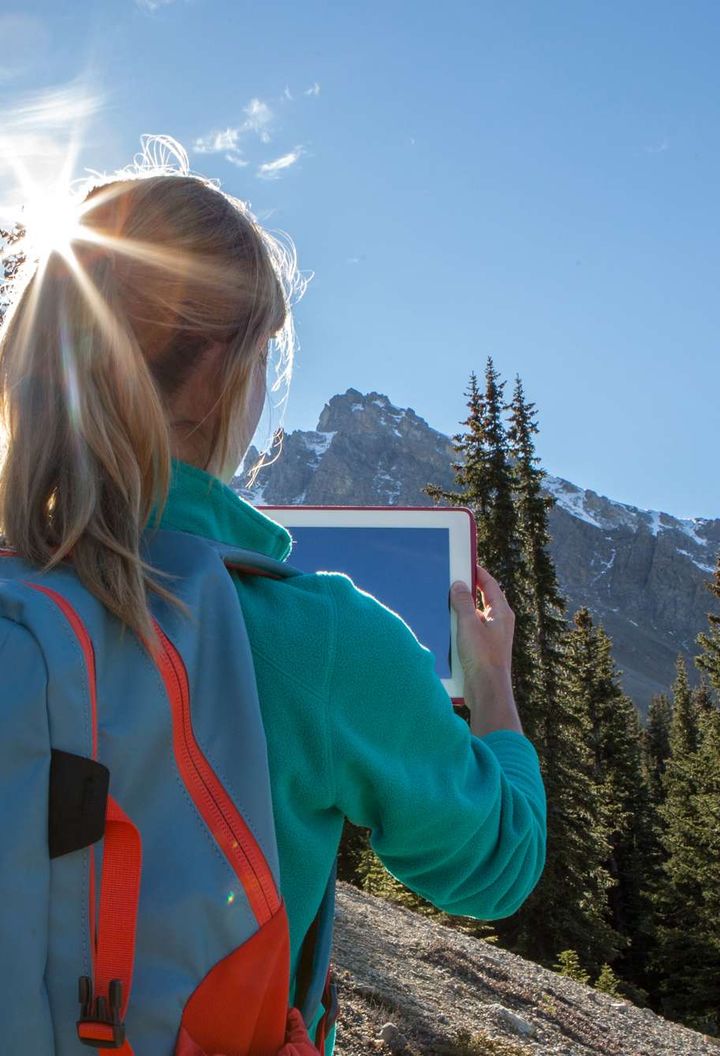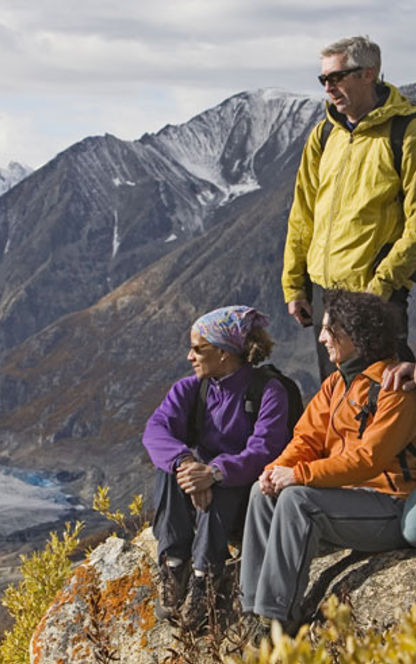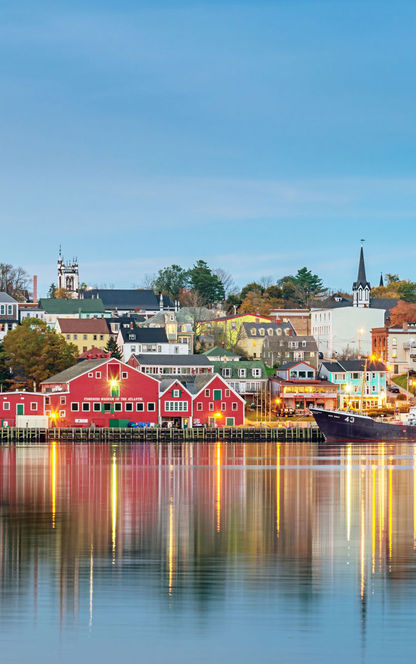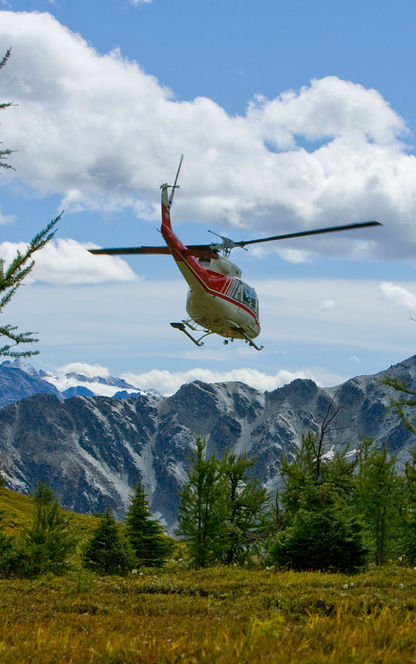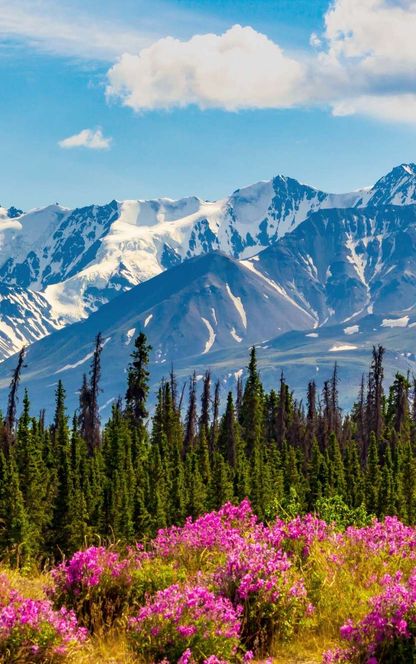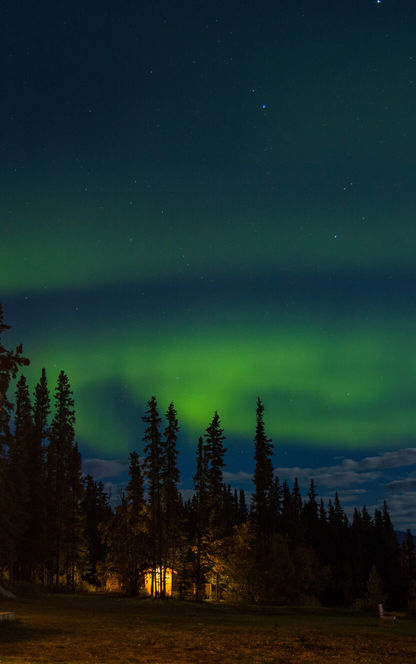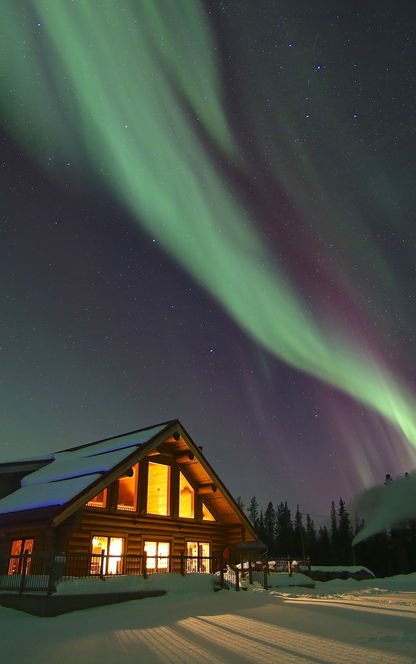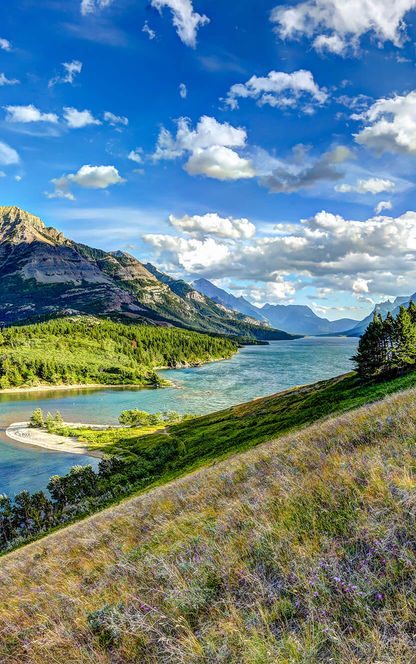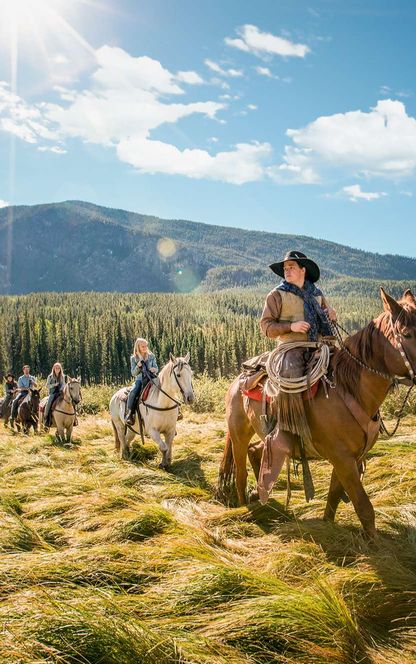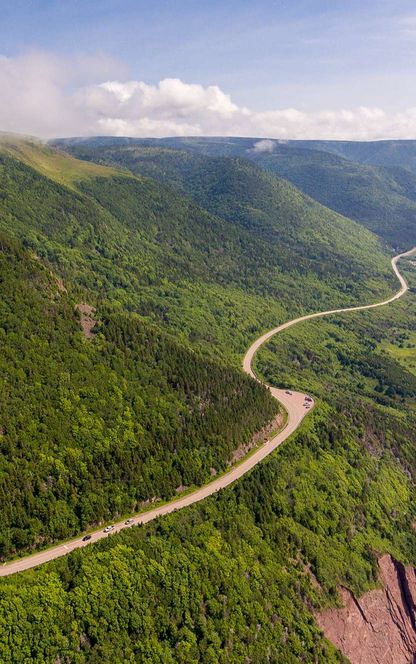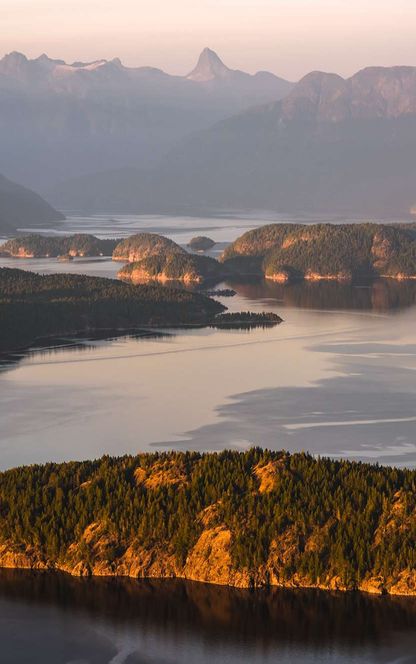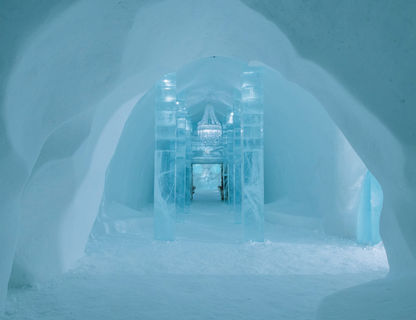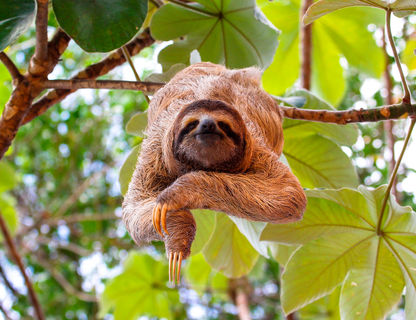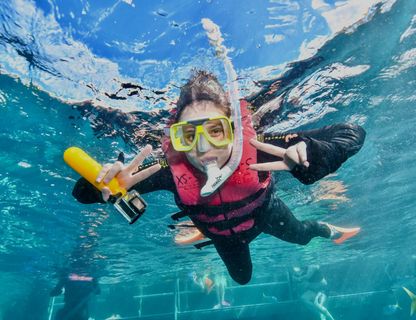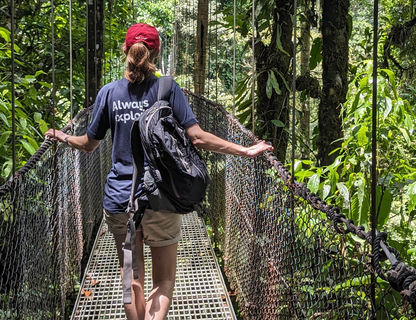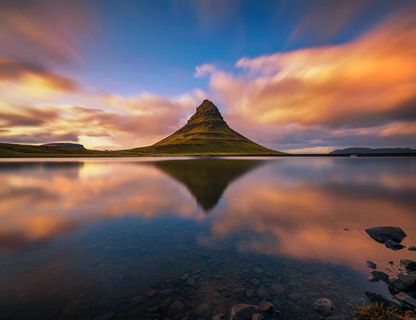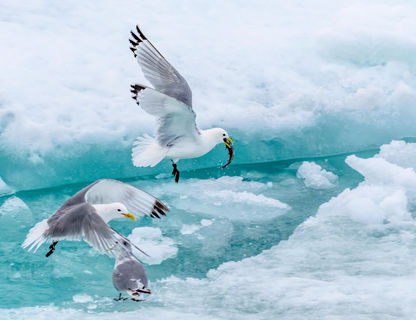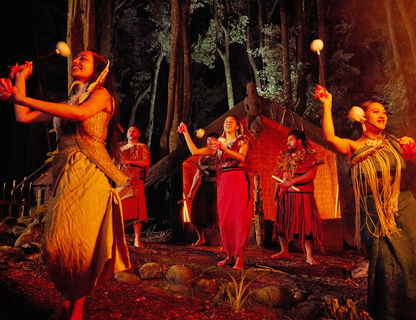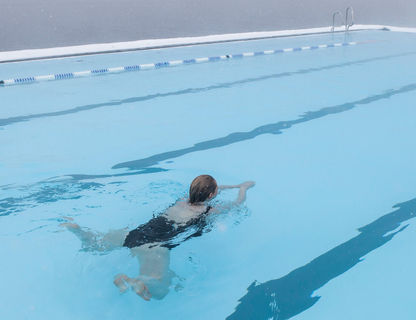What is the best time to visit Banff National Park?
Banff National Park is undoubtedly a year round destination, the alpine landscapes providing the backdrop for a wide range of activities during each season.
The summer months, particularly from June to August are the most popular time to visit when the park comes to life. The weather is mild and the wildlife is at its most active. It is also the time when the glacial lakes are at their fullest meaning the famous turquoise waters are at their brightest.
These summer attractions make it is the busiest time to visit, so it’s worth considering a visit to Banff National Park during May for the spring bloom or September as the autumn colours begin to appear.
In winter the resort towns of Lake Louise and Banff provide access to a trio of popular ski areas as well as other winter activities and the enticing prospect of seeing the northern lights.
























